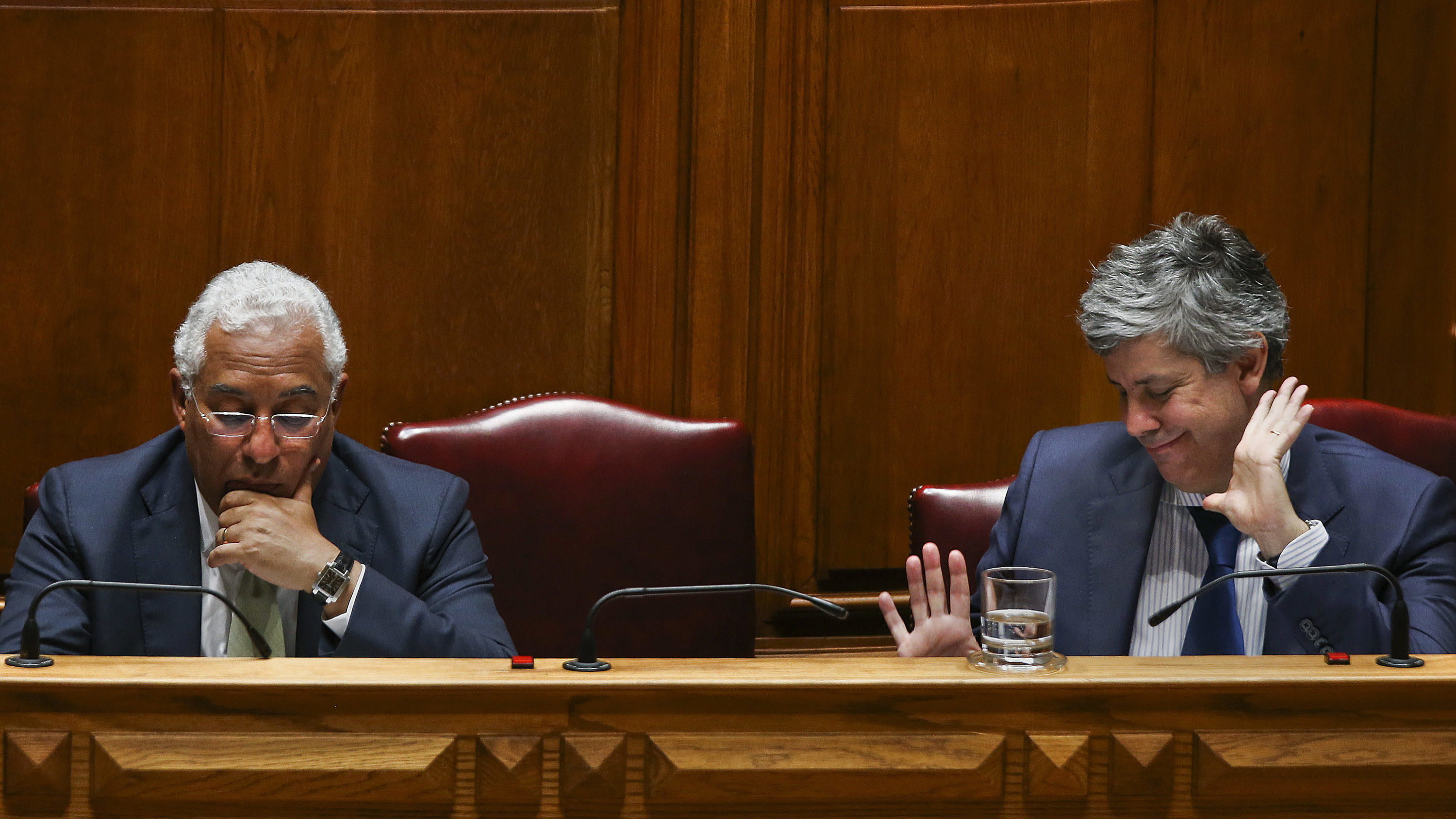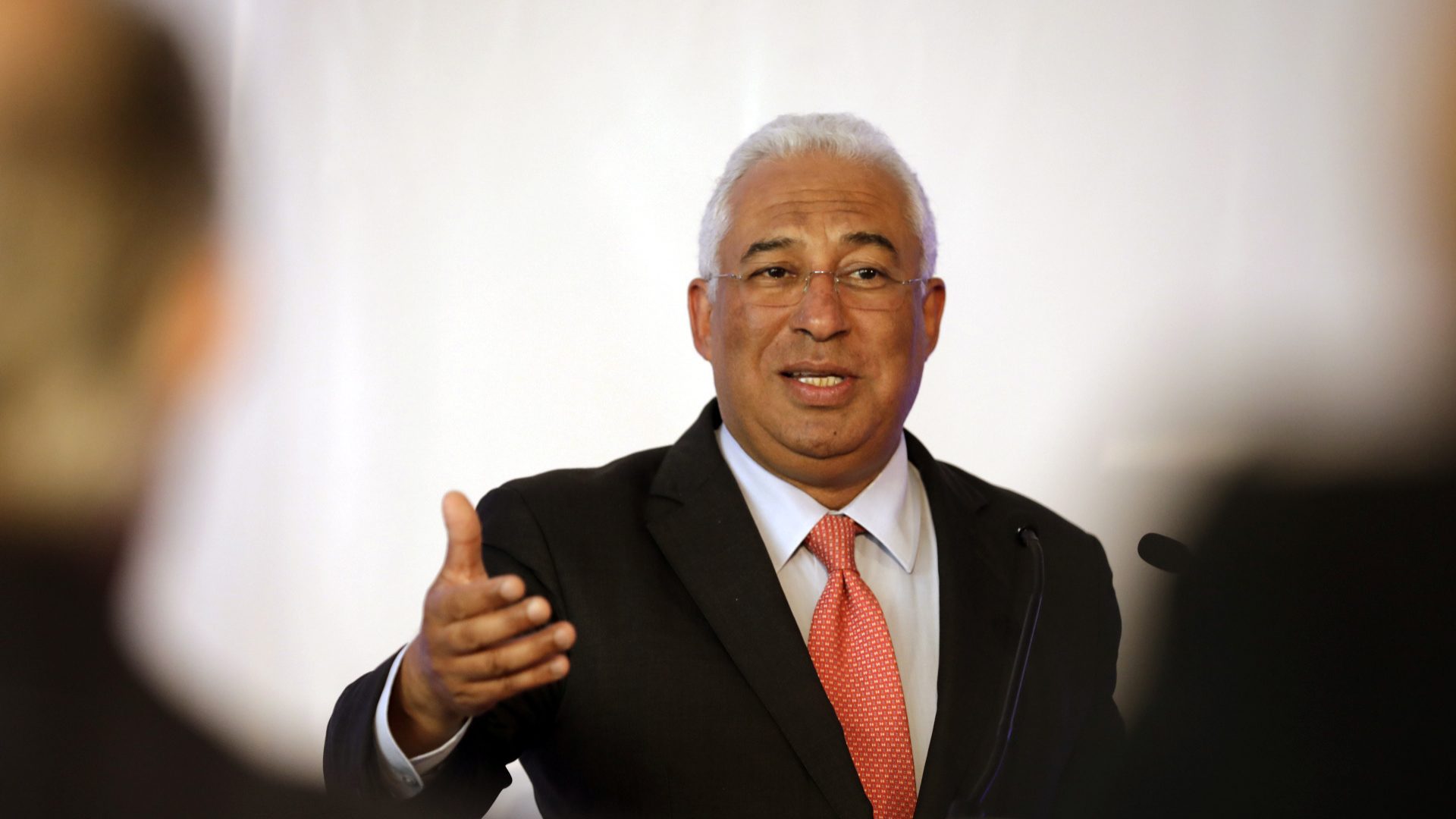Strengthening of economic growth and convergence towards the EU. “All the goals outlined will be met in 2019”
The economic growth are seen in a government deficit of 0.7% of GDP, a growth of 2.2% of GDP, with increases in investment (7%) and exports (4.6%). Labour market conditions continue improving in 2019.
“All the goals outlined in the Government Program at the beginning of the legislature will be met in 2019”, the document, delivered today, reads.
According to OE2019’s papers, the progress has been translated into fiscal consolidation, with government deficit decreasing to 0.7% of GDP, which represented a 0.4 percentage points improvement in comparison to the State Budget 2018 goals.
The Portuguese economy is officially expected to grow 2.3%, “again above the euro area (2%) and continuing the economic expansion that has been in place for 19 consecutive quarters”, while “in 2019, growth is expected to reach 2.2%, supported by increases in investment (7%) and exports (4.6%).”
Importantly, the document sees the economic growth as to be “in a context of a declining household and corporate indebtedness” which has been bolstered by the improvements in terms of “skills, investment, export orientation and labour market efficiency.”
The State Budget for 2019, is the 4th State Budget presented by this administration, and it wishes to “ensure growth, employment, productive investment and improving public services” through instruments such as:
- new measures to support families, the competitiveness of the business sector, tackle fraud and tax evasion and simplifying the relationship between taxpayers and tax administration
- in terms of the social protection area, the government foresees an increase in purchasing power of around 78% of all pensions; upgrade of the lowest pensions, a new early retirement scheme and increases in some types of family allowances
- Public investment will increase to 710 million euros in 2019. Investment in large structural projects will reach 1,100 million euros. Investment is expected to accelerate in the coming years, reflecting, on the one hand, the greater execution of structural funds associated with the Portugal 2020 programme, and, on the other hand, with the expansion of the productive capacity of the economy. Key investments are spread across Healthcare, Education, Science and Technology, Culture, Transports, Environment, Agriculture, Defence, Internal Administration and Justice.
- Apart from a fall in the price of electricity between 2017 and 2018, Portugal recorded the largest reduction in tariff debt, at around 744 million euros. The Government will continue to focus on reducing the energy bill, with a further 200 million euros being transferred to reduce the tariff deficit in 2019
- The commitment to the National Health Service continues with investment in 5 new hospital units in Évora, Lisbon, Madeira, Seixal and Sintra; the extension of the networks of integrated continuing care and palliative care; the enhancement of primary health care; and the strengthening of the national network of emergency vehicles. A new financing model will be applied to 11 EPE Hospitals (as part of a pilot project), aimed at reducing arrears, improving managerial accountability and improving hospital efficiency
- In order to meet the objective of providing a response to families living in a situation of serious housing shortage, the Government’s goal is to eradicate undignified housing in Portugal by 2024. To this end, the 1st Right – Support Program for Access to Housing is launched, aiming to ensure access to adequate housing for people living in undignified housing conditions. The first phase of implementation starts as early as 2019
“It is necessary to create budgetary space to accommodate a possible future slowdown in economic activity”, the executive summary concludes, remembering that “the Government expects that 2019 will define a historical milestone: a fiscal balance very close to zero (-0.2% of GDP) and a further decline of the public debt ration to 118.5% of GDP (-10.7 percentage points over three years).




